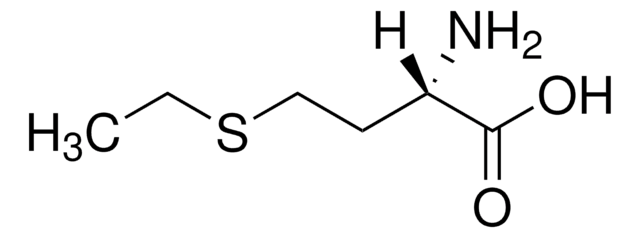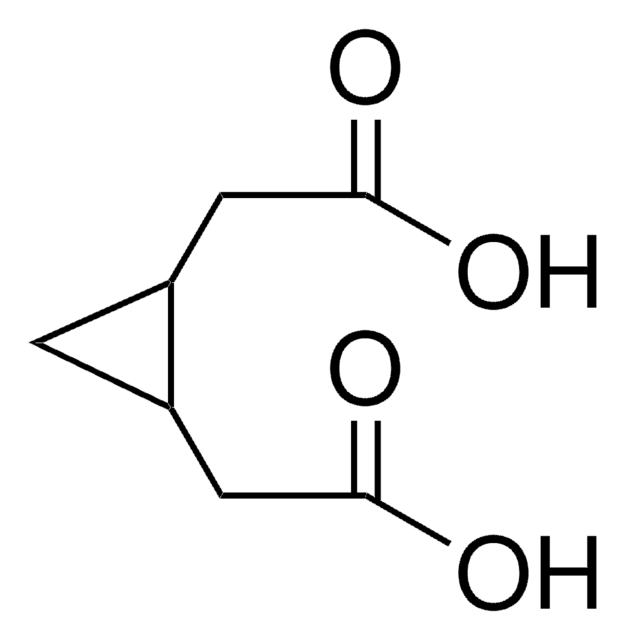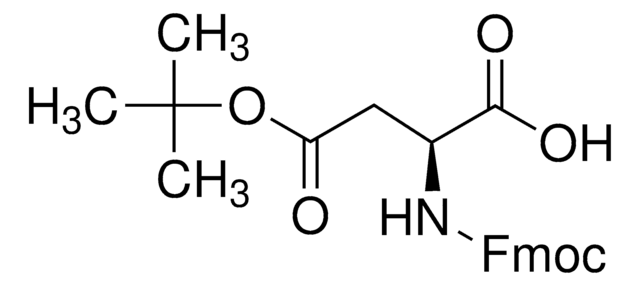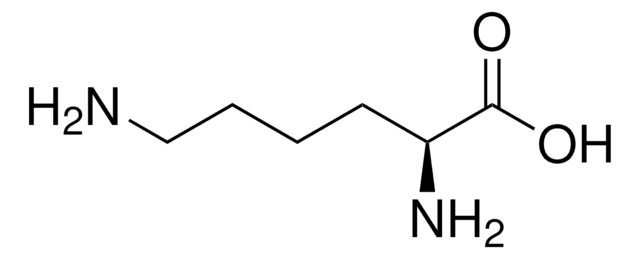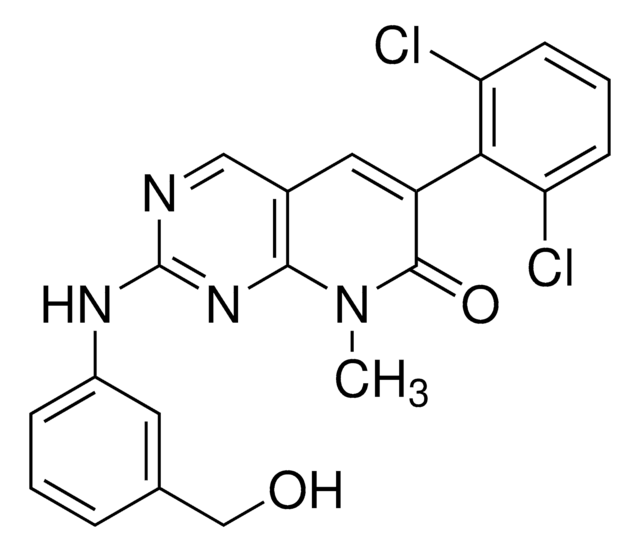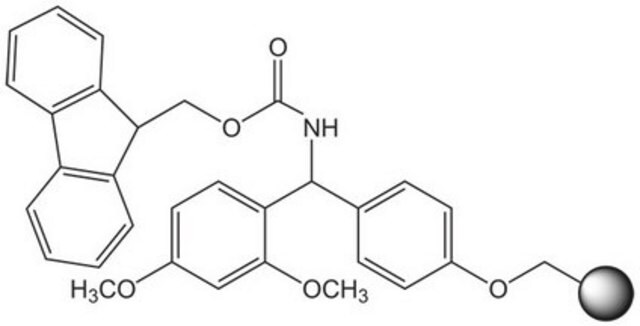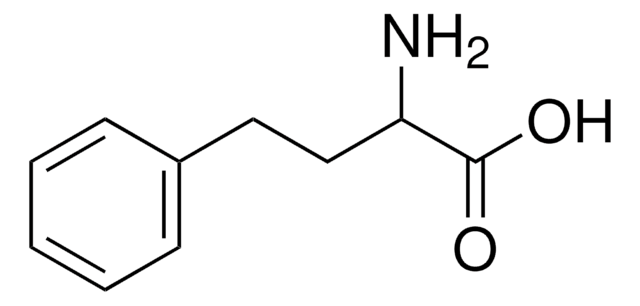C195
(2S,3R,4S)-α-(Carboxycyclopropyl)glycine
solid
Synonyme(s) :
(2S,1′R,2′S)-2-(2-Carboxycyclopropyl)glycine, (2S,3R,4S)-CCG, L-CCG-IV
About This Item
Produits recommandés
Forme
solid
Activité optique
[α]/D +69.5°, c = 0.4 in H2O(lit.)
Capacité de réaction
reaction type: solution phase peptide synthesis
Couleur
off-white
Solubilité
H2O: soluble
Application(s)
peptide synthesis
Chaîne SMILES
[H][C@]1(C[C@@H]1C(O)=O)[C@H](N)C(O)=O
InChI
1S/C6H9NO4/c7-4(6(10)11)2-1-3(2)5(8)9/h2-4H,1,7H2,(H,8,9)(H,10,11)/t2-,3+,4+/m1/s1
Clé InChI
GZOVEPYOCJWRFC-UZBSEBFBSA-N
Vous recherchez des produits similaires ? Visite Guide de comparaison des produits
Actions biochimiques/physiologiques
Code de la classe de stockage
11 - Combustible Solids
Classe de danger pour l'eau (WGK)
WGK 3
Point d'éclair (°F)
Not applicable
Point d'éclair (°C)
Not applicable
Équipement de protection individuelle
Eyeshields, Gloves, type N95 (US)
Faites votre choix parmi les versions les plus récentes :
Certificats d'analyse (COA)
Vous ne trouvez pas la bonne version ?
Si vous avez besoin d'une version particulière, vous pouvez rechercher un certificat spécifique par le numéro de lot.
Déjà en possession de ce produit ?
Retrouvez la documentation relative aux produits que vous avez récemment achetés dans la Bibliothèque de documents.
Articles
Our new product range of pharmaceutical impurity solutions as certified reference materials (CRMs) save costs and labor by providing all impurities listed in the USP as well as in the EP in one mix.
Notre équipe de scientifiques dispose d'une expérience dans tous les secteurs de la recherche, notamment en sciences de la vie, science des matériaux, synthèse chimique, chromatographie, analyse et dans de nombreux autres domaines..
Contacter notre Service technique

